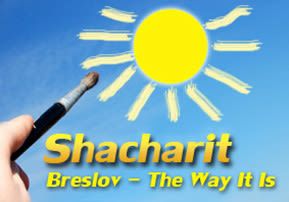
Shacharit – Part 6
When Rabbi Moshe Grinberger asked him if this might be a zizul to the kavod of the tzaddik, Rabbi Gedaliah replied...

Le‘ilui nishmat Leib ben Yitzchak Ya’akov Sears, a”h – Yartzeit: 30 Shevat, Rosh Chodesh Adar
Le’ilui nishmat Yosef ben Shmuel Zeitlin, a"h – Yartzeit: 18 Menachem Av
We continue with our new series of minhagim and hanhagot tovot of Breslov. We invite you to peruse our previous entries by accessing our archives.
Shacharit (continued)
Tachanun: On yahrtzeits of tzaddikim and Gedolei Torah, Breslover Chassidim recite Tachanun. This is in contrast to certain other Chassidic groups that omit Tachanun at these times. (The reason usually given for omitting Tachanun is because a tzaddik ascends to greater heights on his yahrtzeit, thus it is a day of joy in the supernal worlds for him and for all who share a spiritual bond with him. However, this custom is not found in the Shulchan Arukh or Zohar. Other Chassidic communities that recite Tachanun on yahrtzeits of tzaddikim include Chabad and Munkatch.)
* * *
Rabbi Gedaliah was fastidious in saying Tachanun except on those days specified in Shulchan Arukh and halakhah (heard from Rabbi Noach Cheifetz).
* * *
He told his talmidim to say Tachanun even in a shul that omitted Tachanun on the yahrtzeit of a tzaddik (heard from Rabbi Aharon Waxler and Rabbi Moshe Grinberger).
* * *
When Rabbi Moshe Grinberger asked him if this might be a zizul to the kavod of the tzaddik, Rabbi Gedaliah replied, “Absolutely not.” Rabbi Moshe then asked, “Even the yahrtzeit of the Rebbe Reb Melekh on Khof-Alef Adar?” To this, Rabbi Gedaliah replied, “It is b’khlal not a zilzul!” (heard from Rabbi Moshe Grinberger).
* * *
He also told his talmidim to say Tachanun in a shul where it is customary to omit Tachanun at Minchah, as long as it is before the sh’kiah. Rabbi Elazar explained that this applies when one is able to do so discreetly. However, one should not do so if people will notice and possibly look askance. [Editors]
* * *
The neshamah of Rav Sa’adia Gaon once appeared in a vision to Rebbe Nachman and told him to perform nefilat apayim on his left arm, both during Shacharit and Minchah. Some Breslovers emulate this, while others do not. Still others take an in-between position, leaning on both arms during Shacharit to avoid separating from the tzibbur (see Chayei Moharan 448; cf. Shulchan Aruch, Orach Chaim 131:1, as discussed in Mishnah Berurah s.k. 4-6, citing ha-GRA; similarly, Chayei Adam 32:33, who adds that if one wears Tefillin during Minchah, he should nevertheless lean on his left arm).
* * *
Rabbi Eliyahu Chaim Rosen, for many years Rosh Yeshiva of the Breslov Yeshiva in Jerusalem, would practice nefilat apayim on both arms during Shacharit. However, Rabbi Avraham Sternhartz and Rabbi Gedaliah Kenig did not fall on the left arm at all during Shacharit, because the Rebbe did not communicate this custom to Reb Nosson. (It is axiomatic in Rabbi Gedaliah’s thought that whatever Rabbi Nachman told to Reb Nosson was a horo’ah for Klal Yisrael. However, what he did not communicate to Reb Nosson did not have this implication. Rabbi Gedaliah received this tradition from Rabbi Avraham Sternhartz.) (The minhag of falling on both arms is also mentioned by Rabbi Shalom of Kaidinov, Mishmeret Shalom 12:1, although this was not his personal practice.)
* * *
In nefilat apayim, some Breslover Chassidim say "Le-Dovid, Eilekha HaShem nafshi esa" (Tehillim 25), according to the nusach of the ARI zal. However, most say "HaShem al biapkha" (Tehillim 6:2-11), according to nusach Ashkenaz. The kavanah related to the former entails mesirut nefesh, therefore it is not appropriate for the average person. Reb Gedaliah told his talmidim not to say "Le-Dovid, Eilekha…” (see Rabbi Chaim Vital, Sha’ar ha-Kavannot, Drushei Nefilat Apayim, Drush 2, end; also see Even ha-Shoham, Vol. I, 131, in the commentary Petuchei Chosam re. the ramifications of this danger). (A similar position is taken by the Minchas Elazar, Darkei Chaim ve-Shalom [Munkatch] 187; also Minhagei Karlin-Stolin, where Rebbe Nachman follows the practice of the ARI zal and the Chassidim do not. This is the case in other communities, as well.)
* * *
Rabbi Levi Yitzchak Bender recalled that in Uman on Yom Sheini and Yom Chamishi, Breslover Chassidim would recite the long Tachanun according to nusach Polin (i.e. Nusach Sefard). This is the custom in virtually all Breslov communities today (Si’ach Sarfei Kodesh IV, 151).
Kriyat ha-Torah: Rabbi Dovid Shapiro once asked Rabbi Gedaliah which nusach to say for “E-l erekh apayim” prior to removing the Sefer Torah from the Aron Kodesh, nusach Ashkenaz or nusach Polin. He told him to combine the nuschot. (The formula Rabbi Dovid Shapiro came up with is: “E-l erekh apayim ve-rav chesed ve-emet u-malei rachamim, al be-apkha sokhichenu, ve-al tasteir panekha mimenu…” and afterwards “hoshi’enu ve-hatzilenu mi-kol ra’… “)
* * *
However, he told Rabbi Noach Cheifetz simply to say both nuschot (heard from Rabbi Noach Cheifetz). (The Manistritcher Chassidim of Uman had the minhag of saying both versions; see ‘Erkhei Yehoshua, Kuntres Perach Shoshanim 24.)
* * *
Rabbi Ephraim Kenig stated that in Tzefat, the minhag is to recite both nuschot.
* * *
Rabbi Moshe Burshteyn, founder of the Ohr Avraham shul in Yerushalayim, says both nuschot. His grandson, Rabbi Avraham Shimon once wanted to combine them, but Rabbi Moshe said that he should not do so, but rather say one after the other (heard from Rabbi Avraham Shimon Burshteyn).
* * *
Rabbi Avraham Shimon believed that the custom to say both nuschot came from the Russian Chassidim.
* * *
Rabbi Moshe Burshteyn is particular that the bimah in the Ohr Avraham shul should be positioned so that it directly faces the Aron Kodesh (heard from Rabbi Yehudah Bunker).
* * *
Rabbi Moshe is also particular that both doors of the Aron Kodesh be opened for hotza’ah vehachnossat Sefer Torah, and that they remain open until the Chazan recites “Gadlu la-Shem iti…” In the Ohr Avraham shul there is a sign to this effect on the inside of the door of the Aron (heard from Rabbi Avraham Shimon Burshteyn, in the name of Rabbi Moshe Burshteyn).
* * *
Rabbi Avraham would not allow anyone, including children, to stand facing the oleh during kriyat ha-Torah (heard from Rabbi Moshe Burshteyn and Rabbi Nachman Burshteyn).
* * *
Rabbi Avraham Shimon Burshteyn thought that this was probably due to a concern that the children should not distract or confuse the oleh or ba’al koreh. This was his father Rabbi Nachman Burshteyn’s assumption, as well. However, since Reb Nachman was a youth at the time, he never asked Rabbi Avraham for an explanation of this. [Editor: Another reason may be due to the halakhic problem of standing with one’s back to the Aron Kodesh. This requires further research.]
* * *
Rabbi Noson Sternhartz, Rabbi Avraham’s son, also did not allow the children to stand in front of the oleh (heard from Rabbi Yitzchak Kenig).
To be continued.
(With permission from The Breslov Center for Spirituality and Inner Growth http://www.nachalnovea.com/breslovcenter)




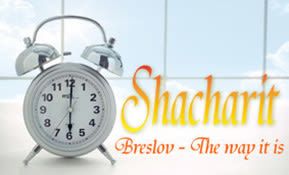

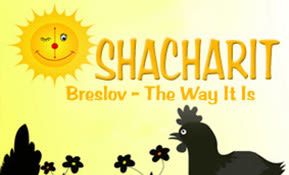

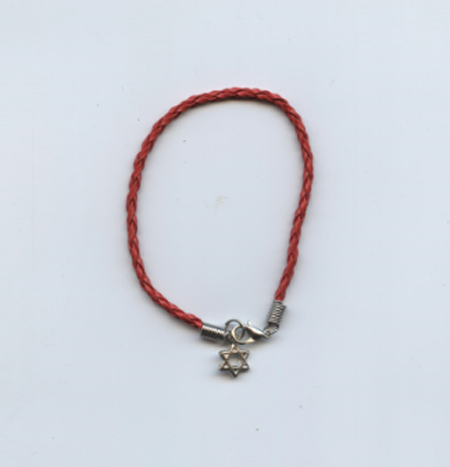
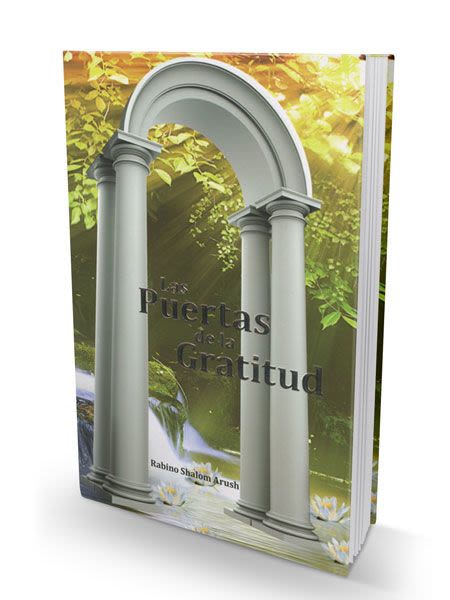
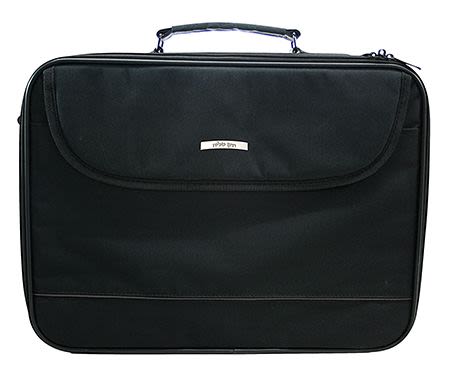
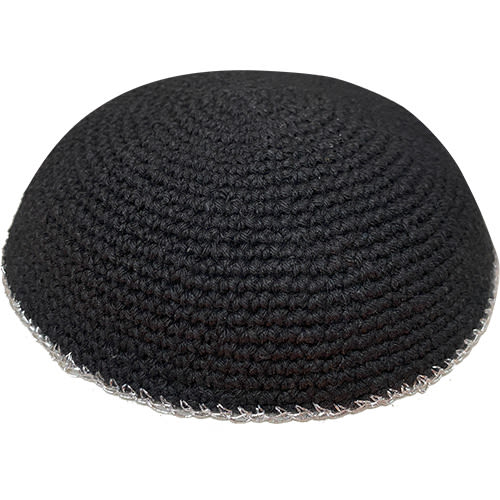
Tell us what you think!
Thank you for your comment!
It will be published after approval by the Editor.